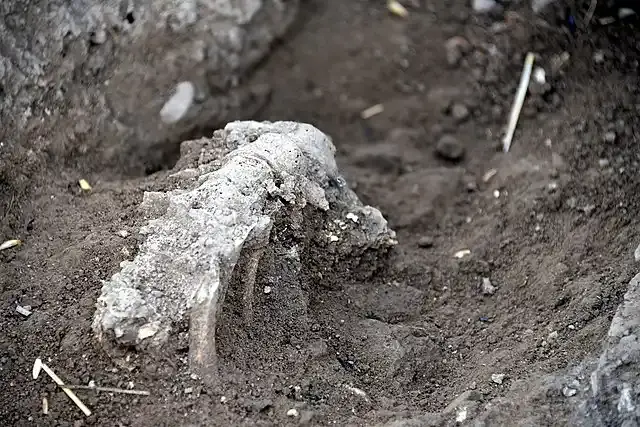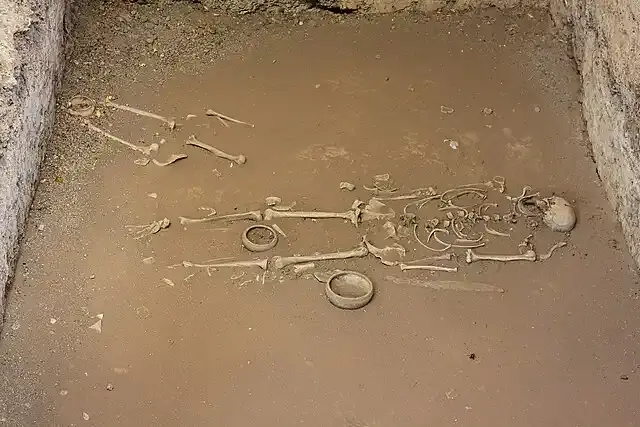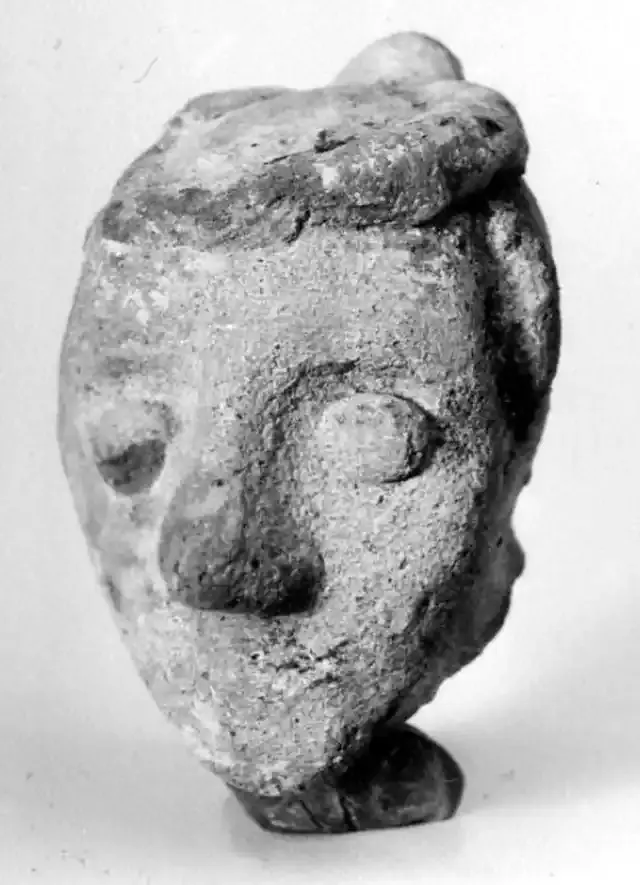The 5 oldest ancient human monuments in Egypt
Egypt is a land steeped in history, with ancient monuments that have stood the test of time, bearing witness to the rich civilization that once thrived along the banks of the Nile. Among these remarkable structures are the five oldest ancient human monuments in Egypt, each a testament to the ingenuity and architectural prowess of the ancient Egyptians. In this article, we embark on a journey through history to uncover the secrets and significance of these iconic landmarks.
Show key points
- Egypt holds some of the oldest and most remarkable human monuments in history, highlighting the advanced civilization that thrived along the Nile thousands of years ago.
- The vast gap between the appearance of humans on Earth and the rise of known civilizations raises questions about earlier, undocumented societies possibly lost to time.
- Among Egypt’s ancient artifacts are the Two Mountain Mummies, which are believed to be the oldest complete mummies ever found, dating back to the predynastic era.
- ADVERTISEMENT
- The Amartia Scepter, originating from the Umrah-Naqada I civilization, showcases early ceremonial artifacts that resemble royal symbols seen in later dynasties.
- A clay head from the Marash Bani Salama civilization offers insight into early artistic expression in northern Egypt around the fourth millennium BC.
- Skull No. 236 reveals evidence that ancient Egyptians practiced surgical procedures to treat cancer, astonishing modern medical researchers.
- Many prehistoric artifacts may have been lost due to natural degradation over millennia, but Egypt remains a rich source of discoveries from early human history.
The age of man in relation to the age of the earth

Opinions always differ about the period in which man inhabited the earth, as geological studies indicate that the earth is more than four billion years old, while the age of human existence on Earth is barely approaching 230,000 years, and the amazement does not stop at this point, but also about the fact that the difference between the age of man's existence on Earth and the oldest civilization known to mankind did not appear until more than 220,000 years after the existence of man on Earth, but some scientists They attribute this giant difference to the fact that writing and history on materials that can withstand the conditions that the earth is going through and remain steadfast came late with the civilizations in the Near East and Egypt, and this does not necessarily mean that man did not know civilization throughout that period until the last ten thousand years of his life on earth, but perhaps it means that those civilizations did not withstand the factors that faced them on earth, even if they once existed.
Recommend
The most important and oldest five human monuments found in Egypt

It contains many important and distinct monuments in the history of mankind, as mentioned above, which to this day still raise the astonishment of scientific communities such as the skull, which proves that the ancient Egyptians knew the treatment of cancer with surgical interventions that are being researched and a similar group these days, and these are five examples of ancient human traces in Egypt from prehistoric times without chronological order.
1.Two mountain mummies
It is a group of 6 mummies dating back to the predynastic era, specifically since approximately 3400 BC, that is, before the unification carried out by King "Narmer" of the two countries of Egypt and the establishment of the first dynasty according to the history of Maniton Samannoudi. The group contains mummies belonging to men and women, and the civilization to which this group is attributed is a Neolithic civilization that was located in the region of "two mountains" near Abydos in southern Egypt. What distinguishes this group of mummified mummies is that they are the oldest complete mummies found and that they were buried in the sand directly in the position of the fetus.
2. Ammartia Scepter
The scepter dates back to the Amarti civilization (Umrah - Naqada I), which was also in southern Egypt dating back to the fourth millennium BC, and the scepter is all made of wood except for the cylindrical upper part and is very similar to the scepter or "funnel" that was held by King "Narmer" in his famous painting.
3.Clay head
A primitive clay statue dating back to the civilization of Marash Bani Salama from the north of Egypt, specifically in an area belonging to the Giza Governorate now, as for the history of this head, it dates back approximately to the middle of the fourth millennium BC and perhaps a little more, and it is now displayed in the Egyptian Museum in Tahrir in the Egyptian capital, Cairo. Scorpion King Funnel
Funnel or pin fighting King Scorpion II, who is believed to have been the last king of southern Egypt before the unification carried out by King "Narmer" in 3200 BC
5.Skull No. 236
It is a skull that is being researched these days, which proves that the ancient Egyptians knew surgical intervention to treat cancer and dates back approximately to the fourth millennium BC and appears on the skull traces of surgeries undergone to get rid of a malignant tumor was threatening the owner of this skull, which was estimated to be between 30 to 35 years before his death.
Fleeing monuments from loss in the folds of history

It is certain that dealing with all those years and the natural factors that erase many important traces in human lives has never been easy, and this explains the lack of traces that tell us about the form of life in the eras called "prehistoric times" in which writing and documenting events play the difference between the many remaining traces of the civilizations that existed before and after them.
One of the most important places in the world that witnessed that era and contains among its treasures a lot that it has not allowed until the present moment is "Egypt", and it has many monuments that indicate human existence since ancient times.








